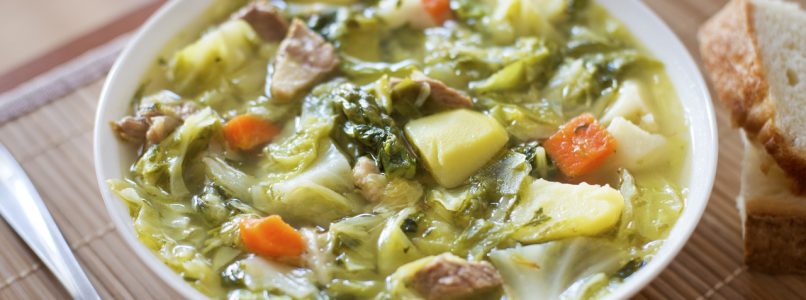As in a theater, the scene opens with three protagonists: a huge cake, a count and an emperor. The first is called "gateau or biscuit de Savoie", the second is Amedeo VI (also from Savoy) and the third is Charles of Luxembourg or Charles IV.
 The origins
The origins
It is said that the Count, in formal dress and on horseback, he offered the distinguished guest a huge cake depicting the castle of Chambery surrounded by a crown of snow-capped mountains with the imperial diadem on top. When this happened is a little less clear. It could have been the 1348 when the count, little more than a child, hosted Charles of Luxembourg, then a pretender to the crown and passing through Savoy, who later became emperor (1355), would have remembered that act of vassalage. Or later, in the 1365, to seal the bond with the Empire and to thank Charles IV who in that year appointed Amedeo VI imperial vicar, thus opening up to the Savoy a path that will lead them first to become dukes and then kings. The fact is that the two stories, that of the Savoy dynasty and that of the gateau or biscuit, have always been inextricably linked and the characteristic spongy dough based on "eggs, sugar and flour", better known as Savoyard pasta, has kept two versions, one in France and one more famous in Piedmont.
The Piedmontese Savoyard
Here it has become the Savoyard known to all: crumbly, light and nutritious, once the prerogative, or better still the official biscuit (we would say today) of the small heirs of the House of Savoy. The dough improves and evolves starting from the 1700s, allowing the biscuit its current fame: the pastry chefs discover that, by dividing the yolks from the whites and then whipping and combining them separately with the rest of the ingredients, the dough takes on a more airy appearance. The recipe thus updated comes also transcribed by Alexandre Dumas, not only a novelist but also a fine gastronomist, in his Grand Dictionnaire de la cuisine (1873) which mentions both the Savoy biscuit (to be prepared with 12 eggs), and the ladyfingers which he suggests making with a lighter dough with the same quantities of sugar, flour and starch as his cousin from beyond the Alps but with 16 eggs.
The Sardinian, Molise, Ligurian and Sicilian version
The Savoyards follow the Savoy dynasty wherever it goes and thus spread into Sardinia with a variant that includes fewer eggs: the biscuits of Fonni long and slender while i pistoccus wider and shorter. They take the name of pre-made in Molise And corporals in Liguria. In Sicily the biscuits arrived during the first Savoy domination (1713 – 1720), reinterpreted by the island's pastry chefs with even fewer eggs than the Sardinian version. In the Trapani area they become saviarda, in Caltanissetta raffioli, biscuttina in the ennese area and firrincuozzu in other parts. A century later, the Marquis Vincenzo Mortillaro describes the Sicilian variant as: "small pieces of sweet and very tender dough made of flour, eggs and sugar that are eaten as dry as they are soaked in chocolate, wine or other spirits and are given even to children when they spoil ". They have now become famous, Cavour also likes them who is greedy for it; but they are so Savoy, for better or for worse, that Giuseppe Tommasi da Lampedusa, in The Leopard, makes Don Ciccio Tumeo say, suspended between the memory of the old Bourbon regime and the dawn of the unification of Italy under the Savoy: "now all Savoiardi are! But I, the Savoiardi, I eat them with coffee, me! And holding a dummy biscuit between thumb and forefinger, he dips it into an imaginary cup ".
Laura Maragliano
in Sale & Pepe of October 2021

